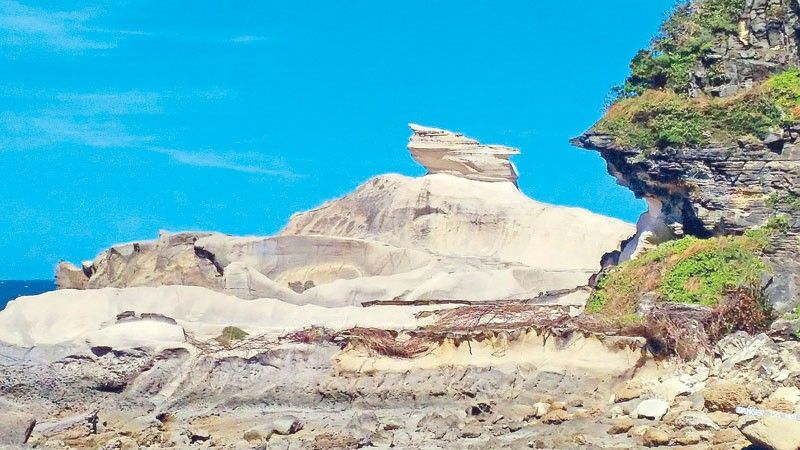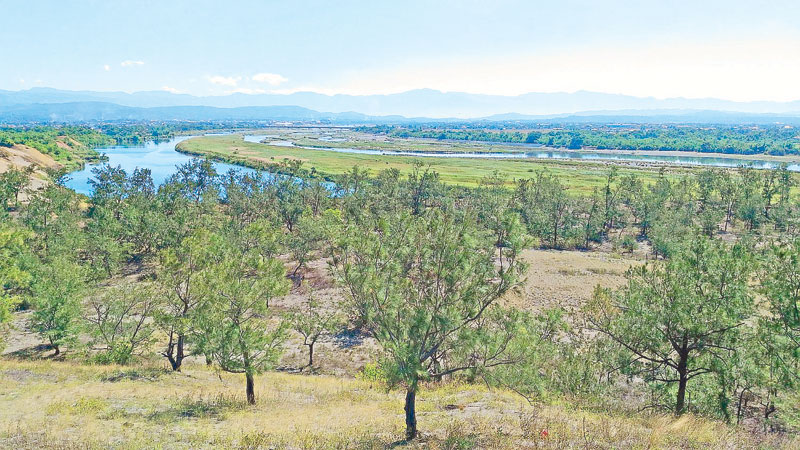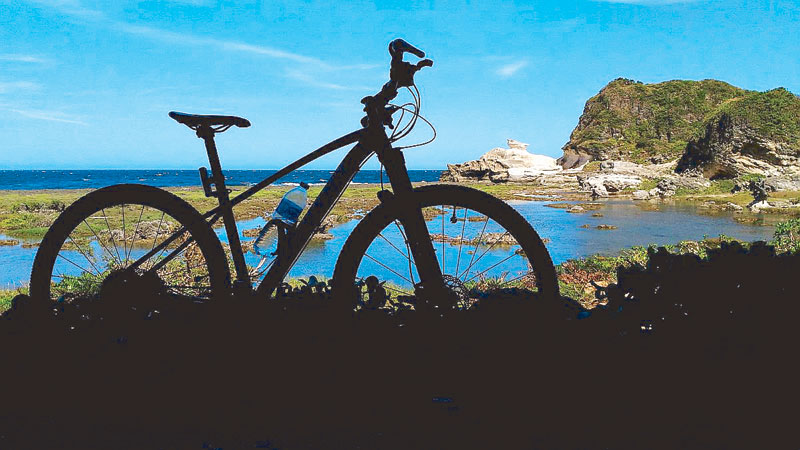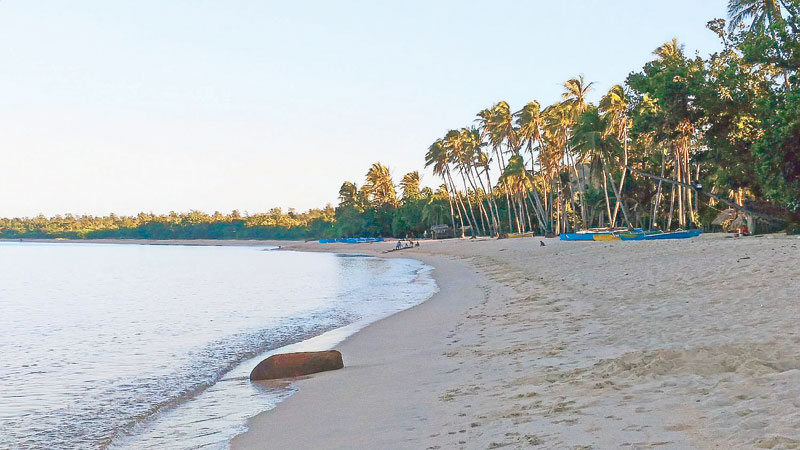Ilocos, my bike & me

MANILA, Philippines — It all started with a dream to go on a solo bicycle ride somewhere far, far away. After buying a cross-country mountain bike a few months back and doing several test rides around Metro Manila, the next thing to do was to hit the road and be ready for just about anything.
The 160-kilometer Laoag-Pagudpud-Laoag route was the most promising – a relatively long flat terrain with just one very difficult uphill climb and the promise of picturesque sights like the Cape Bojeador lighthouse, Kapurpurawan rock formation and the majestic windmills, endless beautiful and clean beaches, relatively inexpensive homestays and, best of all, sumptuous fresh seafood.
And so, on a fine Tuesday I packed a few clothes, chocolates, tools and hydration bladder into a small 20-liter race bag. The 2-day vacation leave was approved, a room for the night was booked online and the Trinx Pro X7 bike conditioned to the optimum.

The Veranda at the Laoag sand dunes offers a majestic view of the city and its river, the Sierra Madre mountain ranges and the West Philippine Sea.
The trip from Manila to Laoag, Ilocos Norte’s capital, took 10 hours in a delivery van. It was already 9:30 a.m. when we stopped in front of the Capitol building and the idea of pedaling under the bright sun began to scare me: I have seen many riders give in to heat exhaustion. But it was now or never for me – either I endure the scorching sun or not go at all.
Ideally, the ride should have started before 7 a.m. when the sunshine was still healthy for the body. And at only 79.7 kilometers away, Pagudpud should have been a five- to six-hour bike ride. But, boy, was I wrong.
The searing heat forced many rest stops – too many that I lost count, adding about four hours to the ride. I had to be careful and know exactly when dehydration, fatigue, disorientation and even heatstroke would kick in.

Though not suited for swimming, this reef in Barangay Bayog, Burgos town provides a soothing and relaxing rhythm for tired motorists, tourists and cyclists.
The last 25 kilometers to Pagudpud was exhausting, torturous actually. It was at this stretch that the wind was at its strongest; I had forgotten to consider the fact that this town and the next (Burgos) are home to wind farms that supply the whole province with electricity at a lower cost. The gusts slowed my 35-kilometer-per-hour speed to only 13 kph.
The lyrics of America’s “A Horse With No Name” kept running through my mind: “The heat was hot and the ground was dry but the air was full of sound.” Literally, the wind was not just whispering in my ears, it was howling.
Then, there was hunger. The Google satellite images I checked days before the ride showed a lot of eateries along the way, so I figured food wouldn’t be a problem. But then, it always pays to be prepared.

My bike silhouetted against the Kapurpurawan rock formation.
At 11 a.m. my stomach was grumbling for food, and I was still on the long stretch of Pasuquin town – over 20 kilometers of road – and all I could see were signs that said: Iodized Salt for sale. After about an hour I got to the next long stretch and that – thankfully and happily – was all about food and eateries. And I must say it was worth the effort and the wait – pako (fiddlehead fern) salad, baby lobsters, fried fish, rice and coffee, all for the princely sum of P300!
Re-energized, I headed towards Burgos, Bangui and Pagudpud towns, and the scenes of the countryside became more relaxing, entertaining, inspiring.
The majestic Cape Bojeador lighthouse, the imposing turbines of the Burgos wind farm and the neatly lined Bangui windmills revealed their beauty one after the other, sweet trophies for a tired biker.
The 66-foot lighthouse – first lit on March 30, 1892 to guide galleons away from Ilocos Norte’s rocky coastline – is one of the province’s cultural heritage sites. This octagonal stone tower is the area’s most prominent structure, perched serenely atop Vigia de Nagpartian hill in Burgos town.

Early morning at the Saud public beach, 3.5 kilometers north of Pagudpud proper.
All the windmills at the wind farms stood at 230 feet tall and each of the three blades measured 135 feet, making me feel like an ant crawling at the feet of giants. Each windmill gave out a beautiful humming sound, soothing a tired body and calming a weary soul.
Barangay Bayog in Burgos is a popular stopover with its Instagrammable reef. A local said the far side of the reef has a cave, but she discouraged me from going there as no guide was available. That adventure, she added, was stopped by the government after several cases of snake attacks.
A must-visit site is the Kapurpurawan rock formation, a creamy white, wind-sculpted limestone natural edifice that lies on the shoreline of Burgos, about three kilometers from the national highway. The road that leads to it is easy to spot, with signs everywhere.

The author takes a break at a windmill in Bangui town.
I spent the night at a charming homestay in Pagudpud town, C&E Viloria Homestay, where an air-conditioned room and a welcome shower cost me all of P750.
The next day, for a side trip, I biked to the Laoag sand dunes (also known as La Paz sand dunes) to get an adrenaline rush. Here you could go sandboarding for a different kind of thrill for only P200. A package of sandboarding plus a thrilling ride on a 4x4 vehicle along a 7-km stretch of sand would cost P2,500 for five people.
The ride on the sides of the dunes gets you to what they call the Veranda, the flat surface that overlooks Laoag city and river, and to a top-of-hill stopover for a breathtaking 360-degree view of the mountains, the city and the South China Sea, a fitting conclusion to my first – and definitely not my last – solo bike ride to discover the gems in our countryside.



















